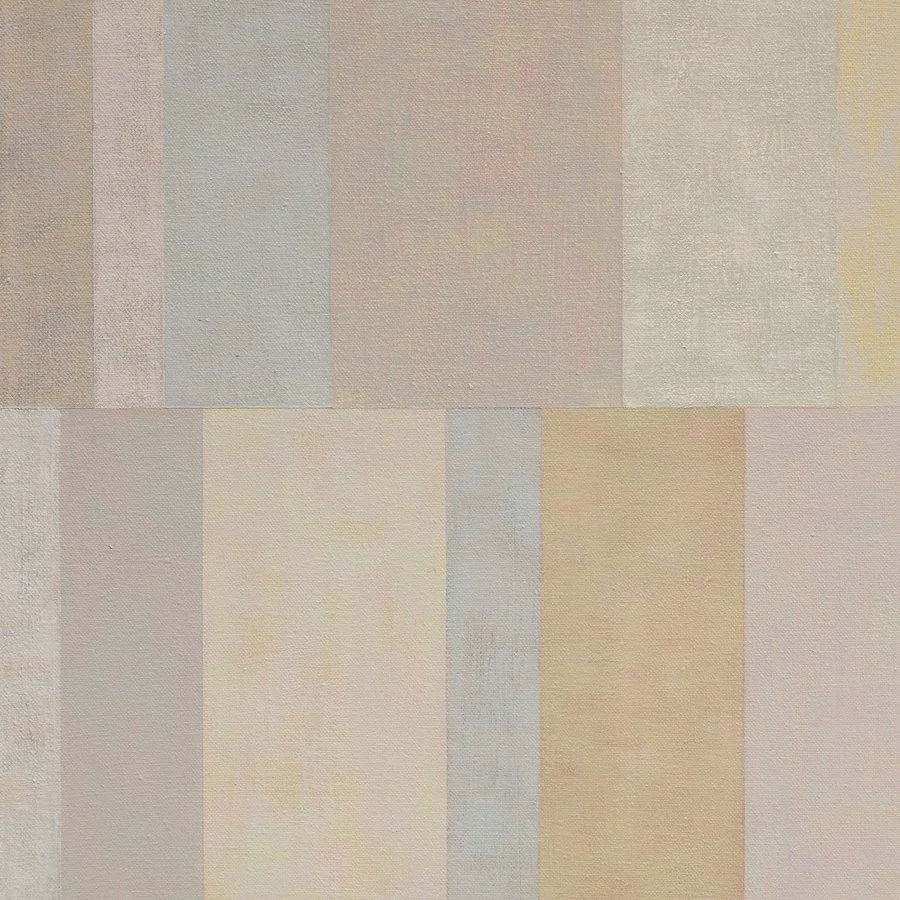(It has been too long. The first posting of September only now! I will have to make up for it.)
During this extended period of blog silence, I have expanded my studio space, planned two new major art projects (not paintings - details to be revealed at a later date), thrown out the failed paintings of the summer, and sent two recent paintings out into the world (at the group exhibition "Dreamers & Screamers" at Board of Directors). In the midst of this mania, I have been reading Susan Stewart's "The Open Studio: Essays on Art and Aesthetics" - which I have been dying to blog about for days.
But before I do that (more tomorrow), I wanted to put a few thoughts out there to my fellow artists about sharing our artwork with each other. The art world is full of weird and wonderful people, and I certainly embrace the subjective and critical responses to my work from anyone willing to share them with me (hence this blog!). But lately I have been struck by how quickly people are to give an artist a "critique" of his/her work while forgetting to provide any positive words of encouragement or appreciation. Some stick to the adage "if you don't have anything nice to say don't say anything at all", while some offer extended critical feedback without any prompting or request. But outside the classroom or formal (or even informal) critique environment, what is (or perhaps should be) the protocol among artists for responding to a peer's work? I know the word protocol implies a rigid politeness that would seem to defeat or detract from the dialogue that we want art to inspire. But is there not a distinction between debating the ideas raised by a work of art, and debating the merits of the work itself? I certainly agree that constructive criticism by our respected peers is an essential part of any artist's studio practice. But when considering the merits of an artwork (particularly with the artist), is it not just as important to consider what is working in the piece and not just what may not be? As artists, we all know the struggles in creating new work and the anxiety associated with the first public reveal. I am not advocating a falsified love-fest, but out of respect for the courage, passion and labor of our fellow artists (and frankly out of respect for art itself), is there not something to be said for giving an artist (and seeking in the work) some (truthful) affirmation of the artist's efforts? And if at first we don't see or experience the merits of a work, do we not owe it to the artist (and even to ourselves) to have a little patience, to stick with it a little longer. You don't have to fall in love with it, but maybe to just be open to the possibility, to be open to persuasion.
In Susan Stewart's essay "On the Art of the Future", Stewart draws an analogy between "the face-to-face encounter between persons and the face-to-face encounter with artworks." The following passage is worth quoting at length:
"Our meetings with artworks are embedded in the meanings and conventions we bring to encounters with other persons, and all nonmonumental art is a means of figuration in this sense. Yet, specifically, this meeting with an artwork that is in itself and for itself is analogous to that free ethical stance in which persons are encountered in themselves and for themselves - without prior determination of outcome or goal. When we consider an artwork as something meant, it is the intention and actions of individual persons that we seek to recover and come to understand in a project of implicit mutuality and heightened responsiveness or intensity." (The Open Studio, p. 18)
Stewart relies on the "paradigm for aesthetic experience" offered by Kant that asserts that "an encounter between persons and forms [is] in truth an encounter between persons - the maker and the receiver." (The Open Studio, p.19)
Perhaps this paradigm could soften the hearts of those who seek first to judge rather than understand, who revel in the chance to criticize rather than patiently find an opportunity for connection.




